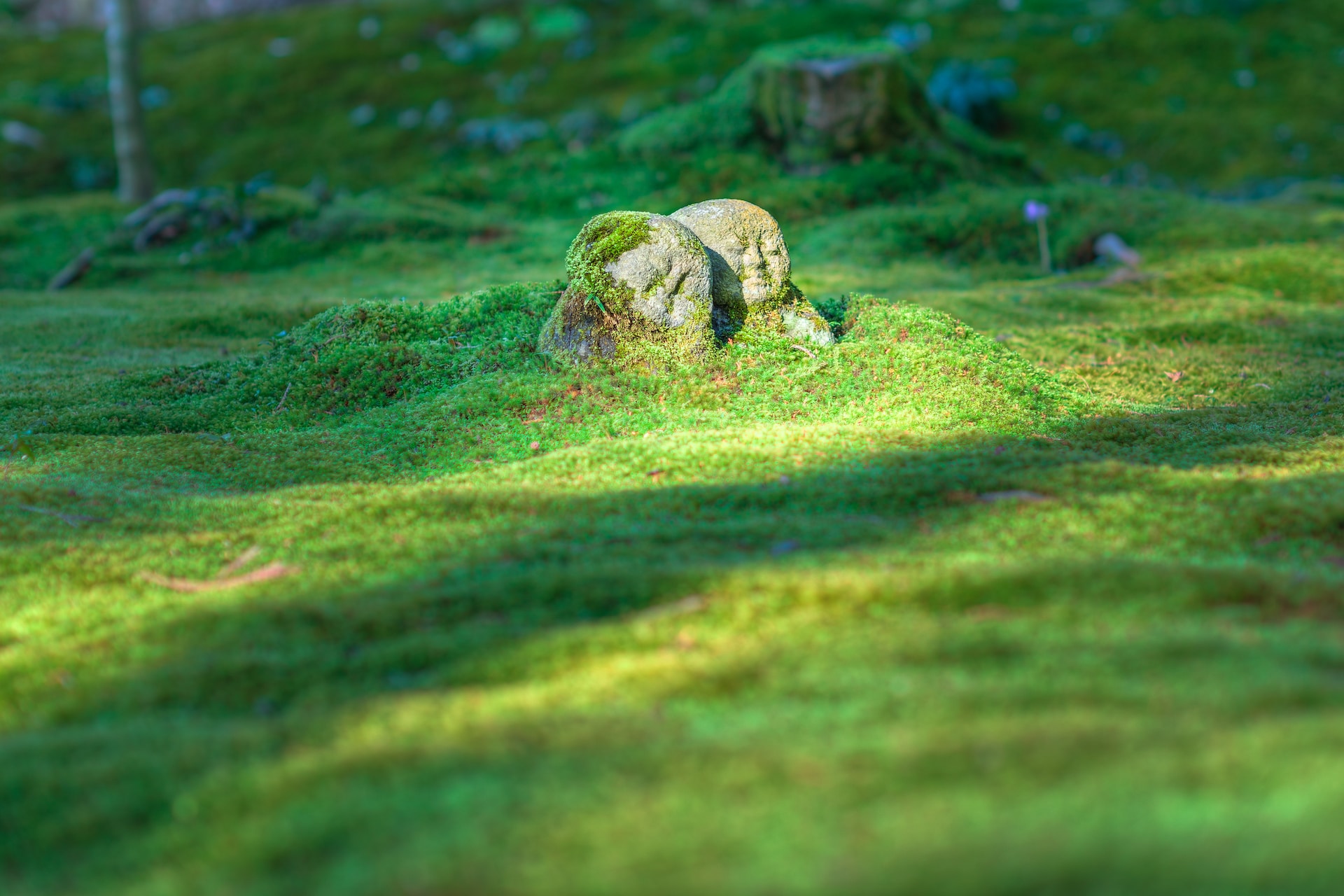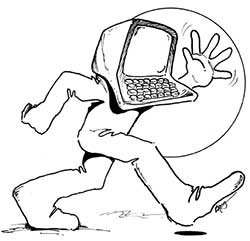
The Ache in My Heart is Japanese
The stories from Japan couldn’t be more grim. The earthquake and tsunami of March 11, 2011, was devastating – on a magnitude that was very hard to grasp. Five years later, as survivors pull together and begin the process of healing and rebuilding, I find that the ache in my heart grows.
I can’t stop watching the horrific videos – seawalls inundated by immense bulges of water. I can’t erase the image of people, homes, boats, and cars swept out of view and into the sea. I don’t watch these videos out of morbid curiosity. I watch them because I still can’t get over the fact that it happened.
Japan is my second home country. My mother was born there. I lived there for most of my childhood. Although I do not speak Japanese fluently, I dream in Japanese (that’s weird, right?). When I read accounts of this disaster, I quickly see it from the Japanese point of view: the enormous shock, the utter horror. Although I was safe here in the U.S., the experience has carved a large hole in my soul as though I was watching it unfold in person. I grieve for people I do not know who lived in places that I never visited, yet I hold a personal, emotional, and spiritual attachment to every last one.
While I ache over the destruction and the widespread devastation, it is the parents for whom I feel the most weight. They are foremost in my mind. Especially the parents of the nearly 100 students who died at Ookawa Elementry School in Ishinomaki. They didn’t stand a chance. They died following the rules, dutifully obeying their teachers. I don’t know what I would have done in that situation. I cannot fathom how a surviving parent can conjure the strength to say to himself, “I must carry on.” For whose sake? My shattered family or my own?
READ: In Japan, parents try to go on: ‘My child should come home to me’ – CNN.com
And yet… at the height of their suffering, the Japanese fought back. I am encouraged by stories of people who miraculously survived – bobbing around in their flooded cars, hanging from trees, marooned on bridges, rooftops, and hills. I feel a margin of victory from the story about Kotoko Mamura, the mayor of Fudai, whose vision and determination to build a 50-foot seawall (20 feet higher than any of his neighbors) ultimately saved his town. My complicated grief grows a little less complex as I pick up stories of survivors (many parents) who have found the courage to carry on despite their losses and their doubts. Some have even gone on and done what was unthinkable only a few years ago – they’ve begun to rebuild their families with new love, new homes, and new lives.
I can’t help but draw further encouragement from stories of towns, villages, and farms wiped out by the tsunami that have staked their boundaries and are flourishing. Harbors that were crushed and other businesses that were obliterated have sprung back to life. You do not have to be Japanese to overcome adversity to understand the human spirit. And yet, the tinge of sadness lingers.
I developed an interesting coping mechanism when my kids asked about this disaster. All I had to do was play the role of teacher/narrator and stick with the physics of earthquakes, the nature of fault lines, and how water displacement triggers tsunamis. However, during these impromptu explanations and even now as I write, I hide the deep disappointment that I was not there and couldn’t do more than donate some money and send prayers for healing and peace to the people who suffered that day.
Updated: March 2016
Photo by Jordy Meow on Unsplash
About: Ray Wyman, Jr is a content creator, communications professional, and author with more than 30 years of experience. Visit LinkedIN or Raywyman.com for more information.


